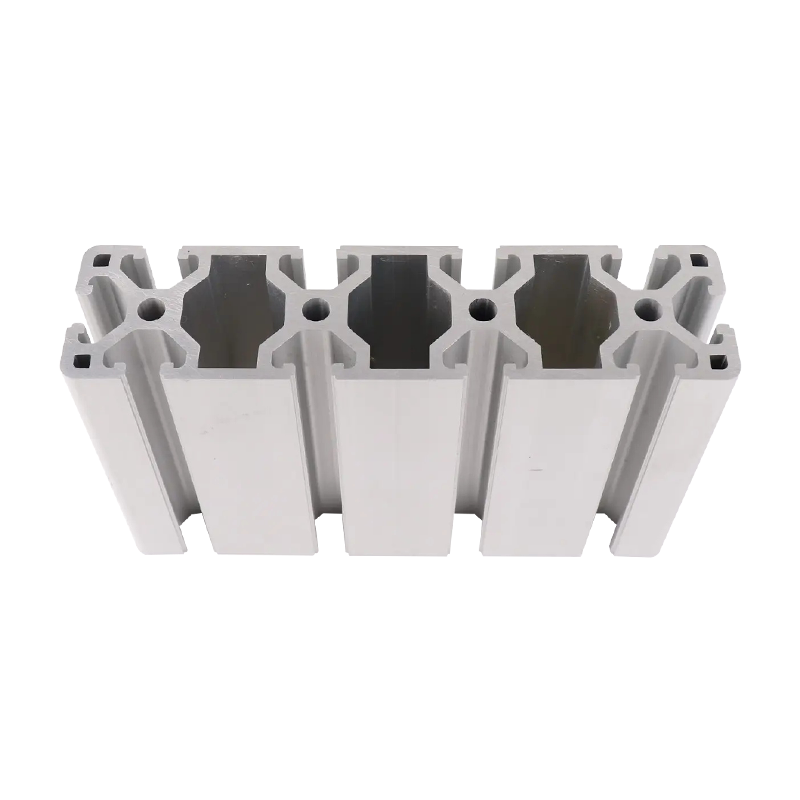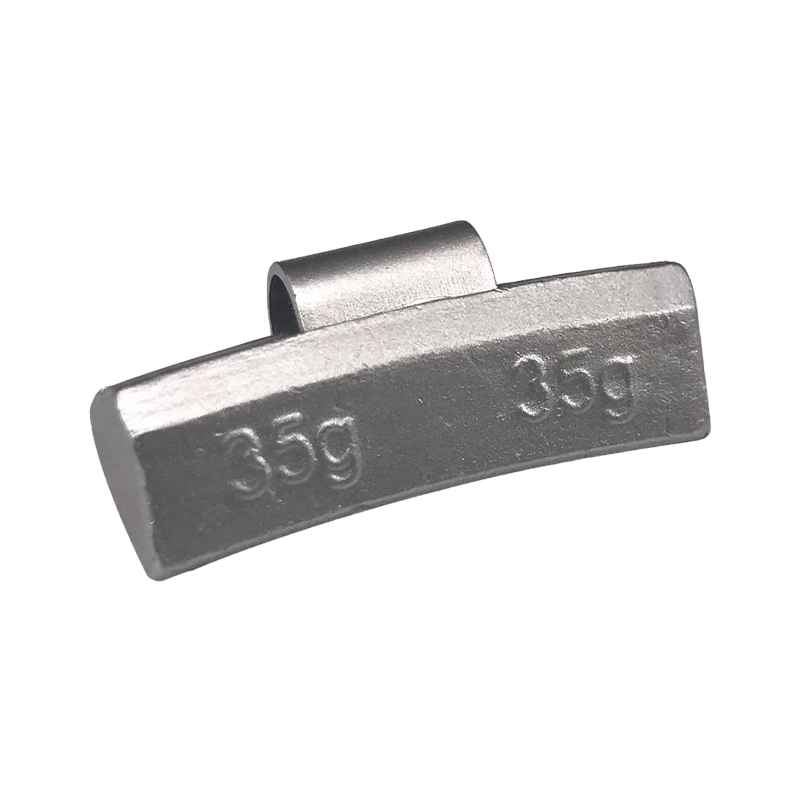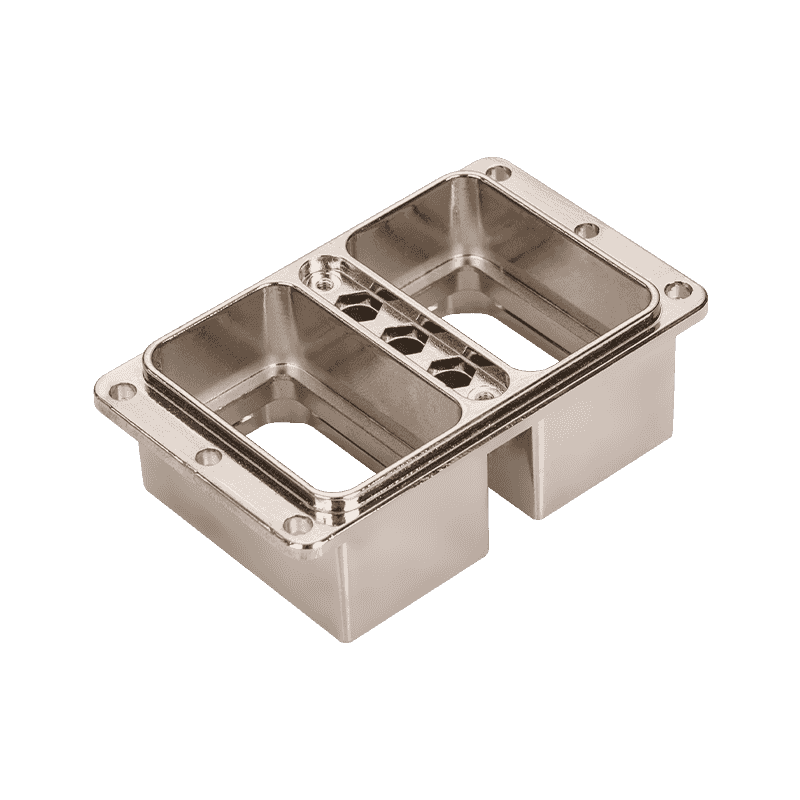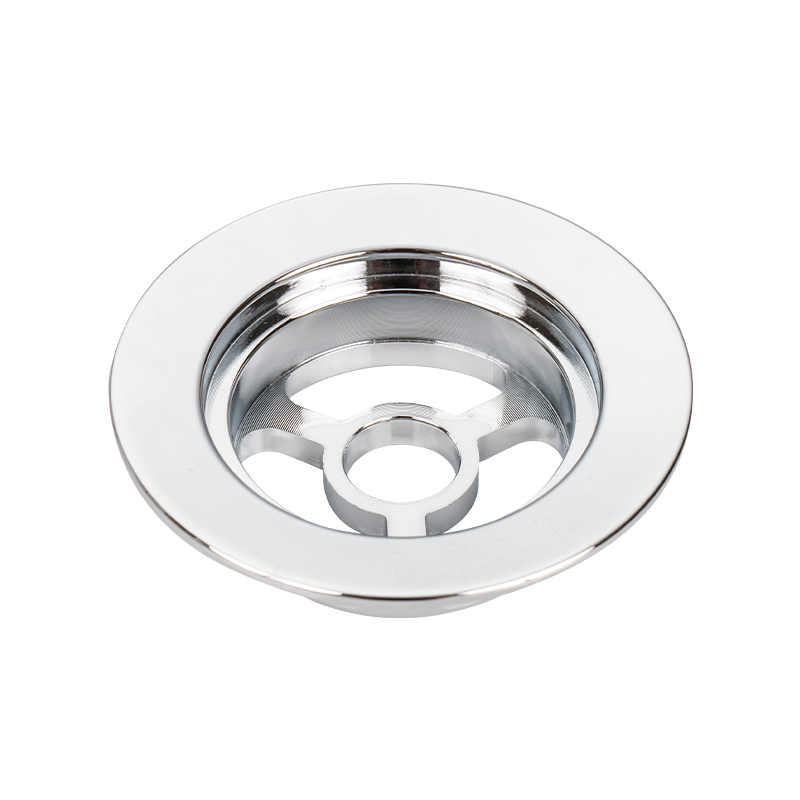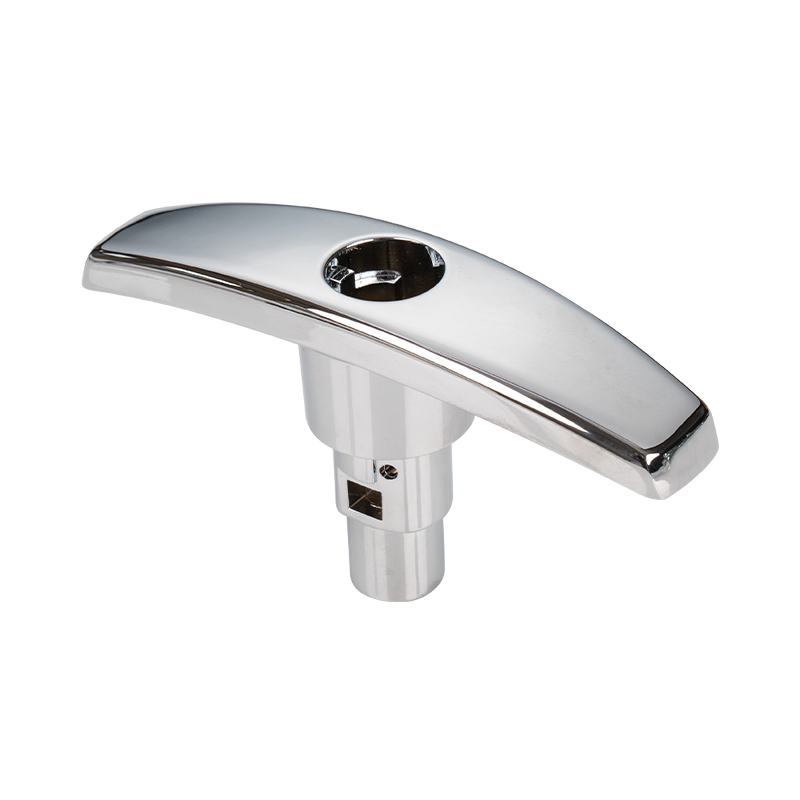How to detect internal defects in aluminum alloy auto parts die casting?
13-05-2025In the production process of aluminum alloy automotive parts die castings, the detection of internal defects is a crucial quality control link. These defects often directly affect the mechanical properties, sealing performance and long-term reliability of parts, so they must be identified and controlled by scientific methods.
Aluminum alloy die castings are prone to internal defects such as pores, shrinkage, inclusions, cracks, etc. during the manufacturing process. These problems are mostly caused by factors such as alloy smelting, mold design, and improper control of die casting parameters. They cannot be directly identified by the naked eye, so special detection methods are required.
One of the commonly used methods in actual detection is radiographic flaw detection. This method uses high-energy rays to penetrate the die casting and image its internal structure. Due to the different absorption capacity of different material densities for rays, internal defects such as holes and cracks can be shown in the imaging. This method is suitable for key parts with complex shapes and complete internal structures, such as engine housings, gearbox housings, etc. Through radiographic detection, not only can the type, size and distribution of defects be clearly observed, but also their causes can be analyzed to provide a basis for subsequent process adjustments.
Another common detection method is ultrasonic testing. This method detects internal anomalies based on the propagation characteristics of sound waves in materials. When sound waves encounter holes or inclusions, reflection or scattering will occur. By detecting the change in the return signal, it can be determined whether there are defects inside the part. Ultrasonic testing is particularly suitable for aluminum alloy die-castings with high requirements for density and strength, and has the advantages of non-destructive, safe and efficient. However, for parts with complex shapes or irregular surfaces, the signal interference is large, and experienced operators are required to determine the true meaning of the signal change.
For some die-castings with special requirements for sealing, air tightness testing can also be used. This method indirectly determines whether there are internally connected pores or cracks by passing a certain pressure of gas into the part and detecting whether it leaks. This method is often used to detect oil, gas or water circuit components on automobiles to ensure that they will not malfunction due to leakage during work.
Industrial computer tomography technology is also gradually applied to the detection of high-end die-castings. This method can reconstruct the die-casting in three dimensions and intuitively display its internal structure. It is suitable for the R&D stage or sample evaluation with high quality requirements. Although the cost is high, its imaging clarity and analysis depth provide a broader space for defect identification.
In addition to the above conventional detection methods, metallographic analysis and slice observation are sometimes combined for further verification. By analyzing the microstructure of aluminum alloys, we can have a deeper understanding of the formation mechanism of defects and the changes in metal structure, so as to optimize the process conditions at the source.
Are You Interested In Our Products
Leave your name and email address to get our prices and details immediately.

 English
English 中文简体
中文简体 Deutsch
Deutsch русский
русский





